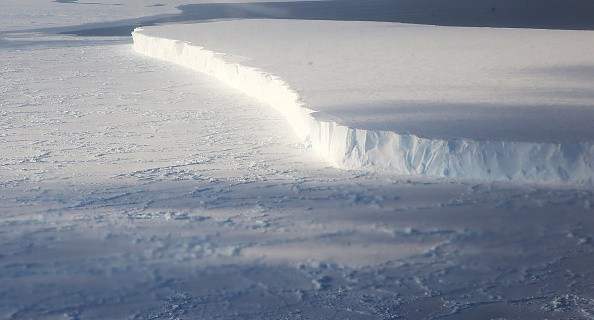While Antony Blinken, U.S. Secretary of State emphasizes climate change in the Arctic at conferences with other national officials this week in Iceland, an even larger threat emerges on the other side of the planet.

Global Temperatures Rise
New research reveals it is Antarctica that may compel a reckoning between the country's choices today about greenhouse gas emissions and the potential survival of their coastal cities and coastlines, from New York to Shanghai. That reckoning may arrive much earlier than people notice.
The amount of ice in the Arctic is reducing as global temperatures rise, and that is affecting lives directly and prompting feedback loops that provoke more warming. But the big wild card for the rising sea level is Antarctica. It holds sufficient land ice to increase global sea levels by over 60 meters (200 feet) - approximately 10 times the amount in the Greenland ice sheet - and we're already seeing some hints of trouble.
Also Read : LOOK: Scientists Discovers the Deepest Land Canyon on Earth Under the Antarctic Ice Sheet
Antarctic Ice Sheet
Experts have been aware for a long time that the Antarctic ice sheet has physical tipping points, beyond which the loss of ice can advance out of control. The new study, released in the journal Nature, discovers that the Antarctica ice sheet could in a few decades get to a critical tipping point, when elementary school kids of today are building their families.
The outcomes indicate a common disagreement for not decrease greenhouse gas emissions now - that future technological advancement can come to our aid later - is likely to fail. The new study reveals that if emissions keep up at their current pace, the Antarctic ice sheet by around 2060 will have passed a critical threshold and committed the world to the rise in sea level that cannot be reversible on human timescales.
At that point removing carbon dioxide out of the air won't prevent the loss of ice, it shows, and by 2100, sea level could be increasing over 10 times faster than today.

Tipping Point
Antarctica possesses many protective shelves that spread out into the ocean ahead of the constantly flowing glaciers of the continent, reducing the pace of the land-based flow of glaciers to the sea. But those shelves can thin and split up as warmer water moves in below them.
As ice shelves split up, that can leave the towering ice cliffs that may not have the ability to stand on their own bare. There are two possible instabilities at this point. Some portion of the Antarctic ice sheet are grounded below sea level on bedrock that slopes inward close to the center of the continent, so warming ocean water can consume their surrounding lower edges, damaging them and making them retreat downslope quickly. Melting of the surface and rain can open fractures in the ice above the water.
Related Article : Oldest Ice in Earth: The Hidden Glacier Ice in McMurdo Dry Valleys
For more news, updates about Antarctica and similar topics don't forget to follow Nature World News!
© 2025 NatureWorldNews.com All rights reserved. Do not reproduce without permission.





